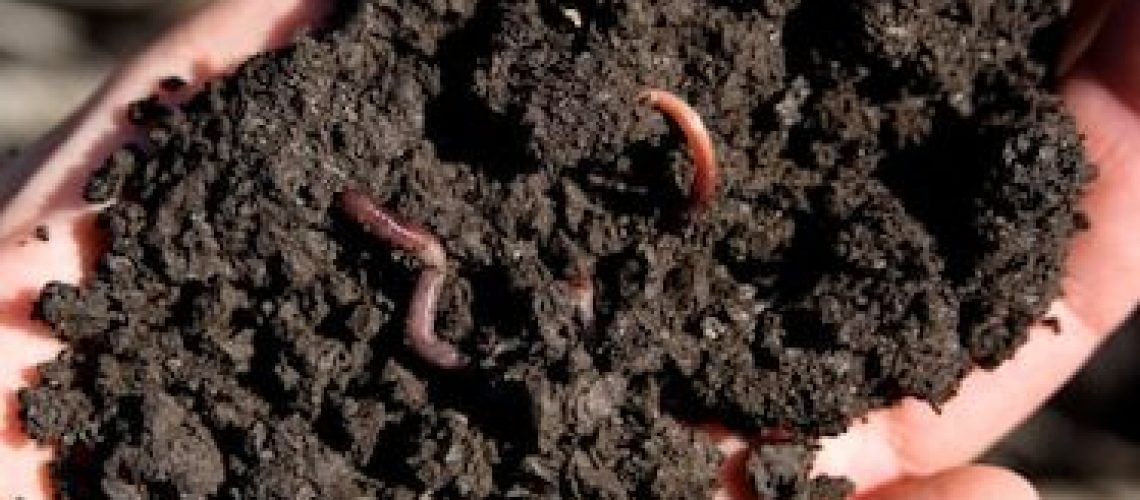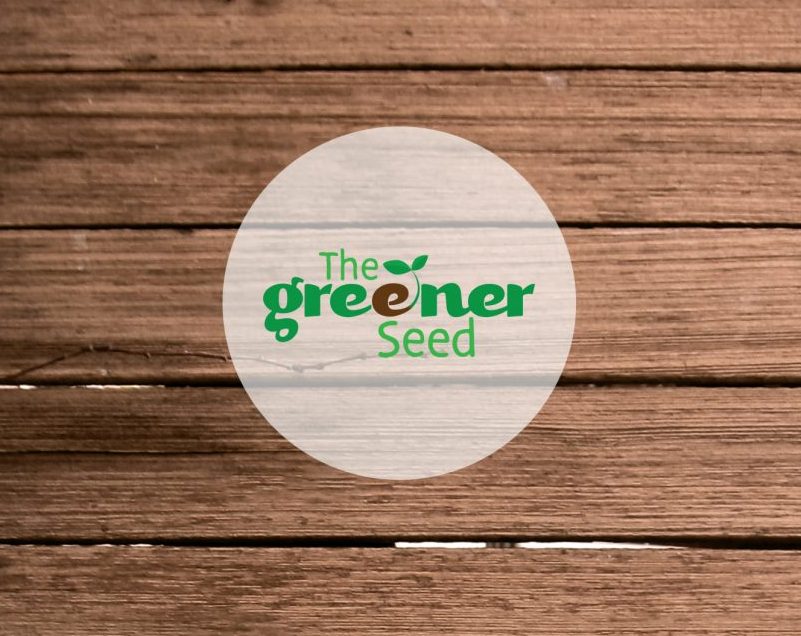How do you start a worm compost bin?
If you are making your own bin, you may want to start on a small scale. A shallow container equivalent in volume to 3 shoe boxes may be a good size. Drill ventilation holes on the lid of the bin. Tape a piece of screen material underneath so that flies cannot go in to lay their eggs.
Once you have prepared your bin for aeration, fill the bin with bedding materials. Start with moist bedding material such as leaves, shredded cardboard or paper, coconut coir, straw, hay, untreated wood dust, etc. The bedding should be the consistency of a wrung out sponge.
Finally, add the worms with the bedding and compost from their original environment. This kick starts the development of beneficial microbes for the new bin. The worms will need time to adjust to their new home. The food may also be different than what they were eating in their previous environment.
Do not stir the worm bins once you’ve added the worms. Allow them to do their work undisturbed. They will also reproduce to fill the bin to capacity. Each cocoon will hatch 2-3 worms. Worms can double in population about every 60-90 days.
How much do you feed the worms in the bin?
While you will need to keep a steady supply of food for the worms, many beginners will give the worms too much food too fast. The food ends up rotting and fermenting, creating an unpleasant odor. As a rule of thumb, if you have purchased one pound of worms, you can feed them half a pound of food scraps per day. That being said, always check that the food is being consumed before adding more materials. The amount of browns in your bin should always be at least equal or more than the greens.
Where in the bin do you put the food?
Always bury the food. Add your greens and cover it with browns. Worms will come to the food but they do not appreciate light. They also like to stay deeper inside the bin where it is more wet. Burying food also prevents odors and fruit flies from finding it.
What do you feed your worms?
Believe it or not, worms have “favorite” foods. Squash, watermelon, and strawberries are consumed quickly. However, almost any organic scrap can be added. As in any compost pile, avoid meats and dairy, fats and oils, canned or processed food, and salt. Worms have a high sensitivity to salt; salt forces the water out of the worms and causes damage to their skin so they cannot breathe. Worms additionally do not do well with tomatoes, citrus (lemons, limes, oranges, grapefruit), onions, garlic, spicy foods, and especially pineapples. Pineapples contain an enzyme that can kill the worms. If your produce contains too much pesticide, the worms may also die.
Since worms have no teeth, ground up eggshells and coffee provide a gritty substance that helps them grind down foods.
How do you harvest the compost?
One method to harvest your compost is to feed on one side of the bin until the food runs out on the other side. Most of your worms will migrate to the side with food. You can remove the compost, and then add food and browns to the empty side.
Can you vermicompost with earthworms from your garden?
If you choose not to compost with worms in captivity, there are always ways to compost with earthworms in the ground. The earthworms that live in your yard do not usually survive in captivity, but you can bring the bin to them. You may choose to drill holes in a bin that you bury underground in your bed or near your garden. The bin should have a lid (and perhaps a lock) so you can keep the scraps from rodents or other small animals. Add the foods, and cover with browns. The earthworms will find the organic pile and travel nearby to deposit the compost as they tunnel through the garden. Over time, there will also be a pile of compost at the bottom of your bin.
Additionally, when you attract earthworms to your garden, they provide several benefits for vegetable gardens. Worms aerate the soil, add nutrients through the castings, improve the soil’s capacity to hold moisture, and provide a breeding ground for good bacteria.


